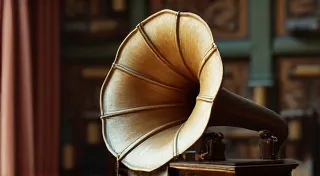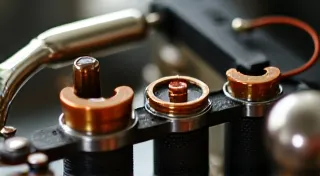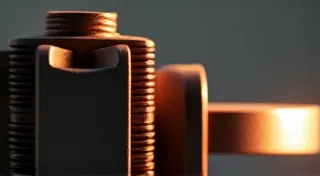Common Spring Problems in Antique Phonographs: Diagnosis & Solutions
Antique phonographs are marvels of engineering, filled with intricate mechanisms to bring music to life. Among these components, springs play a crucial role in nearly every function, from the drive mechanism to the tone arm’s operation. As these machines age, springs are prone to fatigue, breakage, or loss of tension, leading to frustrating performance issues. This article details common spring problems encountered in antique phonographs, offering diagnosis and repair solutions.
Why Springs Fail in Antique Phonographs
Several factors contribute to spring failures in vintage record players:
- Material Fatigue: Springs are constantly stressed and flexed, leading to microscopic cracks and eventual breakage.
- Corrosion: Moisture and oxidation can weaken spring steel, making them brittle and prone to failure.
- Dryness & Friction: Lack of lubrication increases friction, accelerating wear and causing premature spring failure.
- Original Design Limitations: Some original spring designs were simply not as robust as modern equivalents.
Common Spring Problems & Their Solutions
1. Weakened Drive Springs
The drive springs are responsible for powering the turntable's rotation. A weakened drive spring results in slow speed, inconsistent playback, or a complete lack of rotation.
Diagnosis: Observe the turntable speed. If it's significantly slower than specified in the phonograph's documentation, suspect a weak drive spring. A visual inspection might reveal signs of stretching or distortion.
Solution: Replacement is usually the best option. Trying to "strengthen" a weak spring rarely works and can lead to unpredictable failure. Source a correct replacement spring from a specialist supplier. Ensure the new spring has the correct dimensions and tension.
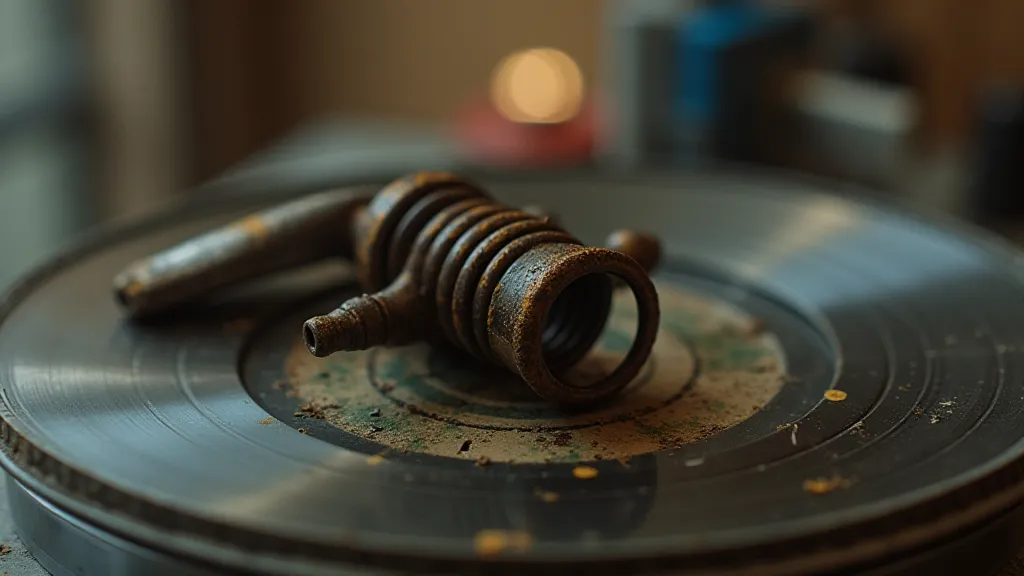
2. Broken Tone Arm Springs
Tone arm springs provide tension to keep the tone arm in position and control its return. A broken spring will cause the tone arm to flop freely, making it impossible to play records correctly.
Diagnosis: The tone arm will not return to its resting position after the record side ends. A broken spring will be visibly absent or fractured.
Solution: Replacement is essential. Ensure the replacement spring is the correct length, diameter, and, crucially, the correct tension. Incorrect tension can damage records or the tone arm itself. It's often difficult to find exact replacements, so a skilled repair person may need to create a custom spring or use a modified equivalent.
3. Loss of Tension in Governor Springs
The governor mechanism controls the speed of the turntable. Weakened governor springs can lead to speed instability - fluctuating between fast and slow.
Diagnosis: The turntable speed will be inconsistent. Careful observation during playback will reveal oscillations in speed. Often accompanied by a distinctive ticking sound.
Solution: Replacing the governor springs is the typical fix. This can be a complex repair, as governor mechanisms often have intricate calibrations. It is best left to experienced phonograph repairers.
4. Broken Detent Springs
Detent springs are small springs that hold the governor weights in place, ensuring consistent speed. A broken detent spring can cause the speed to drift unpredictably.
Diagnosis: The turntable speed fluctuates significantly, often without any apparent cause. A visual inspection may reveal the absence of one or more tiny springs.
Solution: Replacement is necessary. These springs are often difficult to source, and a repair technician may need to fabricate replacements.
Important Considerations for Spring Repair & Replacement
- Spring Tension: Always use springs with the correct tension. Too much or too little tension can damage the phonograph or records.
- Material Compatibility: Ideally, use spring steel that matches the original material for durability.
- Professional Assistance: For complex repairs or when unsure, seek assistance from a qualified phonograph repair technician.
- Documentation: Always consult the phonograph's service manual for specific spring dimensions and tension specifications.
Finding Replacement Phonograph Springs
Sourcing replacement springs can be challenging. Specialist suppliers catering to vintage audio enthusiasts are the best resource. Online forums and repair communities can also provide valuable information and leads.
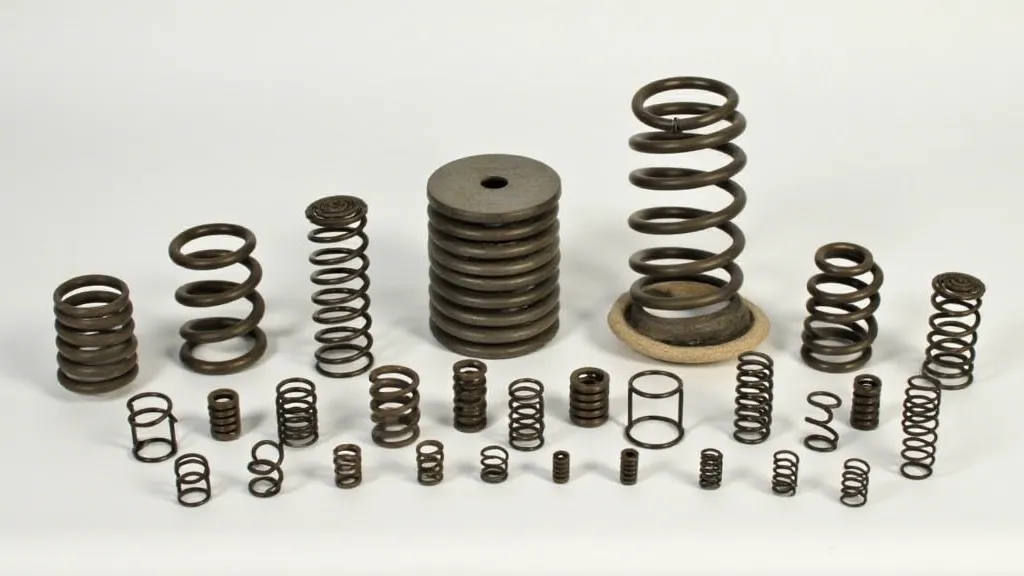
Conclusion
Addressing spring problems in antique phonographs requires patience, attention to detail, and a willingness to learn. While seemingly minor components, springs are integral to the operation of these beloved machines. By understanding the common issues and implementing appropriate repair strategies, you can keep your vintage phonograph playing beautifully for years to come.


